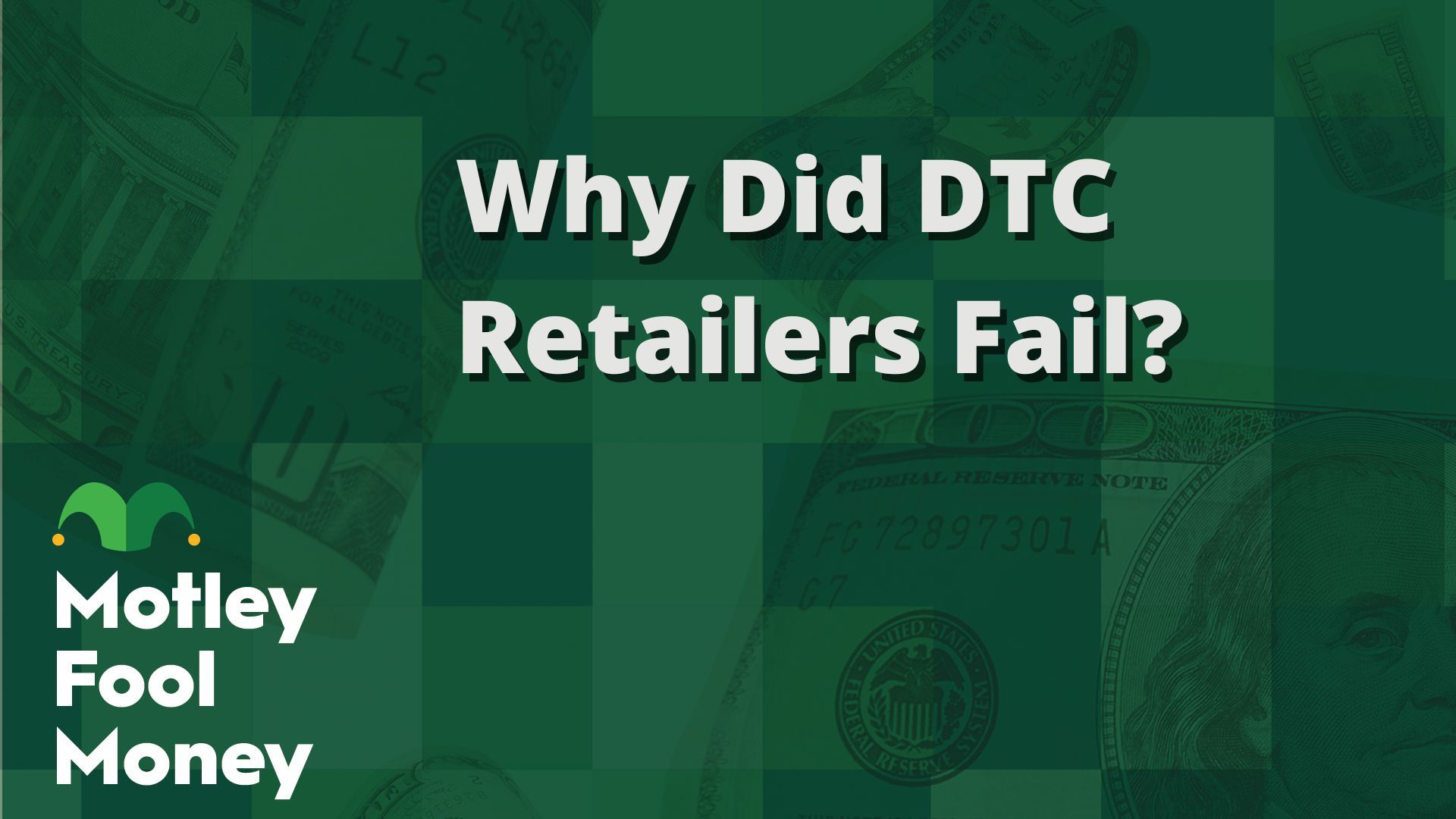
"Today, we want to dig into what happened to this direct to consumer retail trend. This was supposed to be the big thing. I'm thinking about companies like Allbirds, Casper mattresses, Warby Parker, Peloton. Do you remember when Peloton was hot, guys? Barely. A little bit, 5-10 years ago. This was the hottest thing in venture capital. A lot of these companies went public, and they did not work out well for investors."
"Some of that was the timing of coming public during 2020 or 2021, during the pandemic when valuations were really high, but at the end of the day, their business models did not turn out to be as profitable and as high growth as a lot of people thought they were going to be. What is the story here, Rachel, with directed consumers? Where did this business fail? We'll get to what survived in just a second. But I want to focus on the failures first."
Direct-to-consumer retail scaled rapidly as brands like Allbirds, Casper, Warby Parker, and Peloton leveraged cheap targeted social advertising and venture capital. Many companies went public during pandemic-era valuation peaks and later faced sharp corrections when customer acquisition costs rose and growth failed to produce durable profitability. Weak unit economics, inventory and distribution fragility, and overreliance on a single advertising channel exacerbated declines. Successful operators diversified into omnichannel strategies such as physical stores, wholesale, and improved retention to lower acquisition costs and strengthen margins. Emerging agentic shopping and personalization may change discovery, but sustainable economics remain the central challenge.
Read at The Motley Fool
Unable to calculate read time
Collection
[
|
...
]